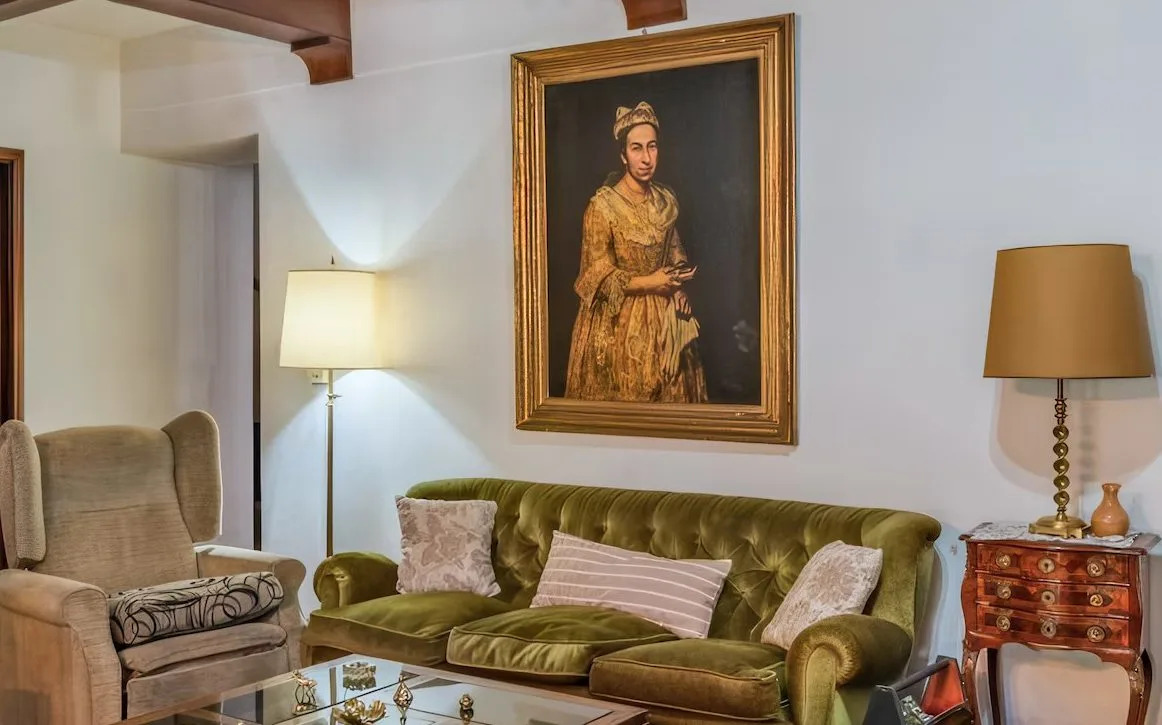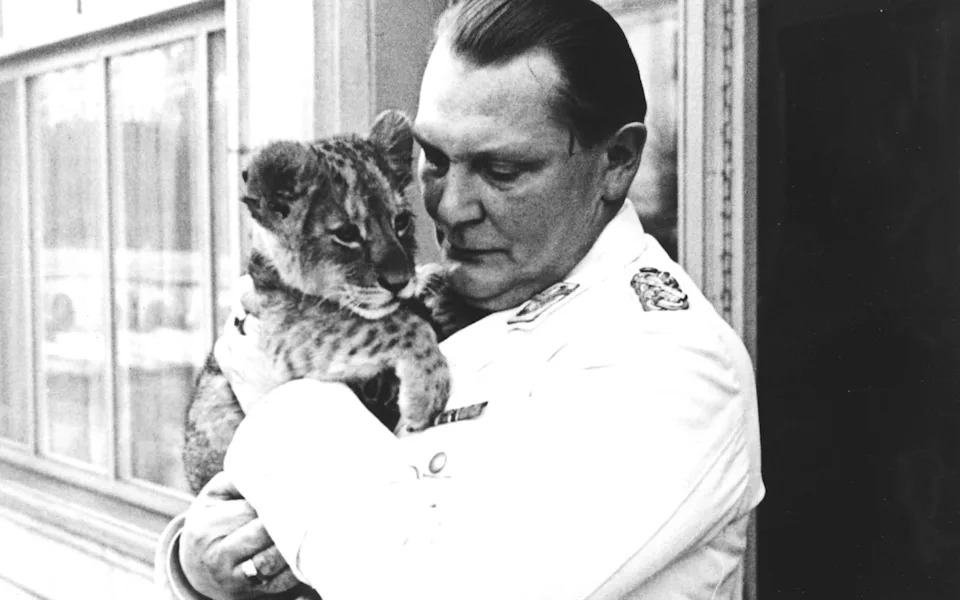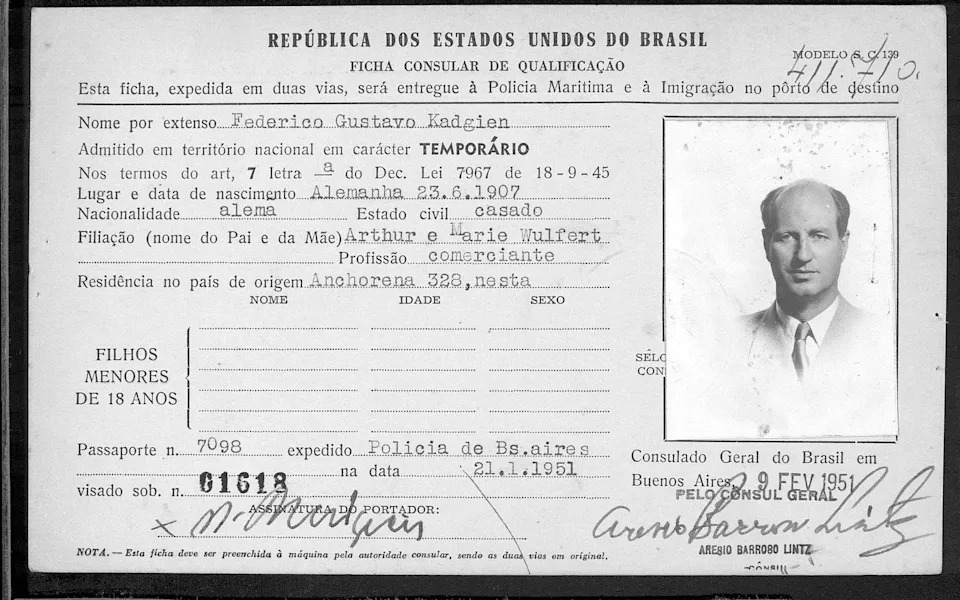
A painting stolen from a Jewish collector during the Second World War has been discovered in Argentina after the daughter of a high-ranking Nazi put her home up for sale.
More than 80 years after its theft, Portrait of a Lady, by the Italian painter Giuseppe Ghislandi, was spotted hanging over a sofa in the lady’s living room in a photograph on a real estate advert.
The painting was one of hundreds stolen or purchased under duress from the collection of Jacques Goudstikker, a successful Amsterdam art dealer who helped fellow Jews fleeing Nazi oppression. The collector died at sea while escaping to Britain on a cargo ship and is buried at Falmouth.
At least 800 pieces from Mr Goudstikker’s collection were stolen by Hermann Goering, the head of the Luftwaffe and a known art collector.
Around 200 were returned in the early 2000s as part of a Dutch government investigation into artworks stolen by the Nazis. But hundreds, including Portrait of a Lady, were lost.

The portrait has now been traced to the family of Friedrich Kadgien, a financial adviser to Goering, in an investigation by AD, a Dutch newspaper.
The revelation is thanks to one of the Nazi’s daughters putting her house up for sale, with interior photos showing the stolen painting posted on the Argentinian website of a real estate agent.
The painting, a portrait of the Contessa Colleoni, is on the international list of lost art and the official Dutch list of artworks looted by the Nazis.
Experts have reviewed images shared on the website of Robles Casas & Campos, an estate agent specialising in high value Argentinian properties, and believe that the painting matches the known dimensions and colours of the Italian painter’s work.
“There is no reason to think of why this could be a copy,” said Annelies Kool and Perry Schrier of the Cultural Heritage Agency of the Netherlands (RCE).
“The dimensions also seem to correspond to the information we have. Final confirmation can come by looking at the back of the painting, there may still be marks or labels that confirm the origin.”
A journalist from AD attempted to make contact with the Nazi official’s daughter who is in possession of the artwork.
“I don’t know what information you want from me, and I don’t know what painting you’re talking about either,” she replied.
As Goering’s right-hand man, Kadgien was tasked with funding the Nazi war machine, often through the theft of art and diamonds from Jewish dealers in the Netherlands. After the war, like many of his Nazi colleagues, Kadgien fled to Argentina, where he died in 1979.

Before touching down in South America, he had slipped into Switzerland, where he convinced the authorities, as well as American officials, that he was not a real Nazi.
The Americans described him as “not a real Nazi, but a snake of the lowest kind” with “large assets, [who] can still be of value to us”, according to information later released from the CIA archives.
Now the painting’s whereabouts are known, the descendants of Goudstikker are set to mount a challenge to retrieve it through their American lawyer.
“My search for the artworks owned by my father-in-law Jacques Goudstikker started at the end of the 90s and I won’t give up,” Marei von Saher, 81, told AD. “My family aims to bring back every single artwork robbed from Jacques’ collection and restore his legacy.”
Details of Goudstikker’s inventory of art were kept in a little black book which he took with him on that fateful journey in May 1940, as the Netherlands fell under Nazi occupation. He was known to have taken a walk at nighttime on the SS Bodegraven when he fell through an open port into the ship’s hull.
The booklet was discovered by his surviving wife, Desi, and their only son, Edo, who eventually made it to the US.
Separately, researchers from the RCE said they have spotted another missing painting by Abraham Mignon, a 17th century Dutch still-life painter, on a social media page belonging to Kadgien’s other daughter.
The painting of flowers also appears on the organisation’s list of stolen art, but its experts have yet to trace the ownership.







Comments